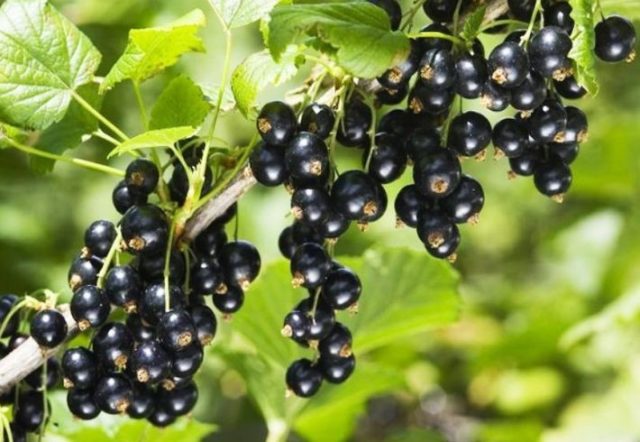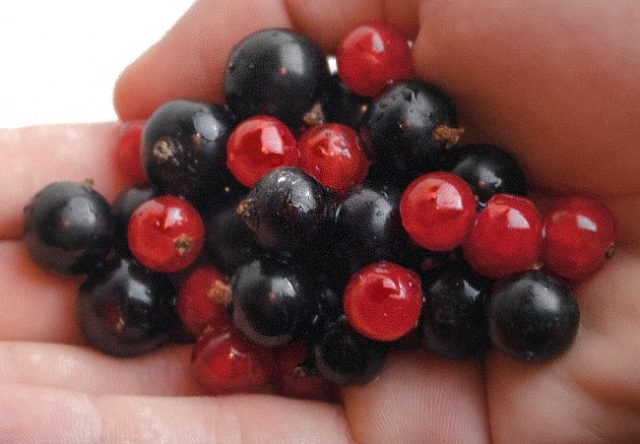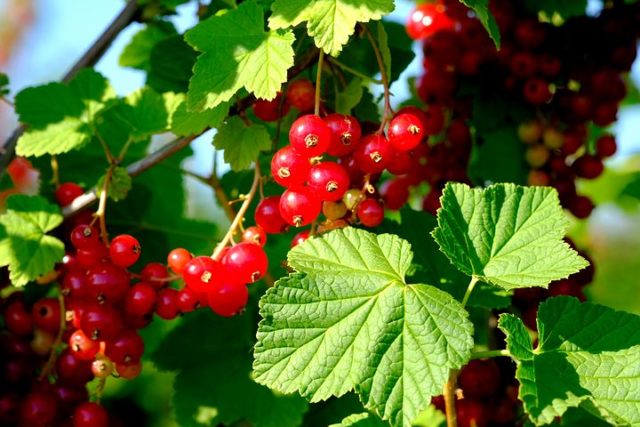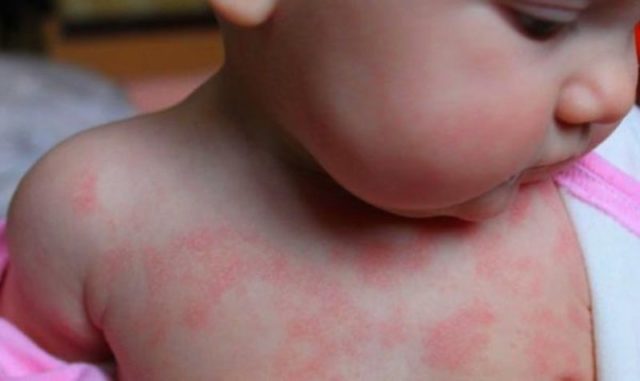Content
A child's allergy to currants may appear completely unexpectedly. It is believed that currant berries rarely cause a negative reaction of the body, but in fact this opinion is wrong.
Is currant an allergen
Allergy to currant fruits is not so common, substances that can cause intolerance are present in the composition of berries in a relatively low concentration. Because of this, one can come across the opinion that fruits, in principle, are a hypoallergenic product, but, unfortunately, this is not true.
Both red and black currant fruits can cause an individual negative reaction in a child and an adult. Sometimes it is congenital and obvious, and sometimes it appears completely suddenly for no apparent reason.
Could there be an allergy to black currant
When it comes to a child's diet, many parents think that black currant fruits are safer. It is believed that the strongest allergens are any red vegetables, fruits and berries, due to their high carotene content.
But in the case of currants, the opposite is true. More often black berries cause intolerance. The fact is that they contain anthocyanin - a substance that gives the fruit a black color. Anthocyanin often causes a negative reaction in the body in both children and adults.
Allergen or not red currant
Red currants do not cause negative reactions so often, however, they can also cause a negative reaction in the body. In red currants, allergies are most often provoked by the following substances:
- beta-carotene - the compound is useful for many body systems and especially for vision, but often causes the development of negative reactions;
- ascorbic acid - a valuable vitamin C can also cause unpleasant symptoms and deterioration of well-being;
- lecithin, the substance is a strong allergen, to which children react especially sharply, but adults also find it intolerant;
- anthocyanin, in red berries the substance is present in smaller volumes than in black ones, but, nevertheless, it poses a certain health hazard.
If the berries are planned to be introduced into the child's diet for the first time, then care must be taken, regardless of what kind of currant is in question.
Causes of currant allergy
Allergies can develop for a variety of reasons. There are several main types of allergic reactions, depending on the origin:
- Absolute intolerance to a particular substance. Most often, anthocyanin, beta-carotene or vitamin C become irritants for a child's or an adult's body. They are the most powerful and common allergens.
- Weakened state of the body against the background of the disease. Sometimes an allergy occurs with diseases of the digestive or respiratory organs in people who have never suffered from diarrhea and nausea after berries before.Most often, a negative reaction of this kind takes place simultaneously with the underlying disease, the condition returns to normal, and the body again begins to tolerate the product normally.
- Cross-allergy. In this case, unpleasant symptoms will appear not only from the use of currant fruits, but also when eating fruits and berries that are similar in composition to it. A positive aspect of cross-intolerance can be considered that its development is easy to predict, if a child does not perceive berries with a similar composition poorly, then currant fruits are more likely to do more harm than good.
- Hereditary tendency to allergies. Especially often negative food reactions in children are detected if one of the parents is allergic. Interestingly, the irritant will not necessarily be the same, for example, the mother may suffer from a bad reaction to strawberries, but the child will subsequently not be able to consume red currant fruits.
Allergy to currants in an adult
Allergic reactions do not always occur in early childhood; they can develop throughout life. The high-risk group includes:
- people with a hereditary predisposition to intolerance to certain products, if the parents are allergic, then at any time a person may be allergic to any product;
- pregnant women - during the period of bearing a child, the female body undergoes strong hormonal changes, against the background of which negative reactions to familiar foods often develop;
- elderly people, with age, the hormonal system in men and women begins to work differently, the body stops or decreases the production of certain substances, which also often leads to the development of negative food reactions.
Intolerance often develops in those who suffer from chronic diseases of the stomach and intestines. When eating even a small amount of berries, the state of health quickly and sharply deteriorates, since the substances contained in the fruits provoke a digestive upset.
Allergy to currants in a child
In children, intolerance is more common than in adults, since the child's body as a whole is characterized by increased sensitivity. Most often, currant fruits are not digested for the following reasons:
- Allergy is hereditary, one of the parents suffers from food intolerance to currant berries or other products. In this case, for the first time, it is necessary to offer the product to the child in very small quantities, expecting in advance the manifestation of intolerance, the risk of its development is very high.
- Allergy to black currant in a child is caused by the fact that the baby's digestive and metabolic systems have not been fully formed. Small children are not able to fully assimilate organic acids, and fresh fruits contain a lot of such substances. If the intolerance is caused by this reason, then most likely, as they grow older, the negative reaction to the berries will weaken or even completely disappear.
Currant allergy symptoms
Finding out an allergic reaction to red or black berries is quite simple, especially if you study the photo of a currant allergy. Intolerance to currant fruits is manifested by noticeable symptoms:
- allergic rhinitis, which develops without any connection with colds;
- tearing and redness of the eyes;
- a rash on the skin that looks like hives;
- frequent sneezing;
- a strong dry cough that occurs against the background of a sore throat;
- swelling of the face and throat.
A common symptom of blackcurrant allergy is skin irritation around the mouth, and rashes can also appear on the hands and feet. In addition to the listed symptoms, intolerance is most often manifested by digestive disorders, after eating the fruits, a child or an adult feels nausea, abdominal pain, and severe diarrhea develops.
As a rule, an allergic reaction after eating berries manifests itself very quickly, the symptoms occur immediately or after a maximum of 2 hours.
Currant allergy treatment
If the body reacted negatively to the use of berries, it is impossible to ignore intolerance - this is especially true for children. Without treatment, allergies can lead to serious consequences - up to Quincke's edema and anaphylactic shock.
Treatment is reduced to the following actions:
- the use of the product is immediately stopped, it would be reasonable to refuse from berries that are similar in composition, in case the intolerance is cross;
- Take activated charcoal or another medication with absorbent properties to help bind and remove toxins from the body.
- to relieve allergy symptoms, an adult can drink any antihistamine with a minimum of side effects, it will help eliminate an allergic rhinitis, cough and sneezing;
- skin irritation can be lubricated with a hypoallergenic baby cream, it will help relieve itching and redness.
Conclusion
A child's allergy to currants can develop completely unexpectedly, the same applies to adults. When consuming berries, you should always be careful and stick to moderate dosages.












